Magnificent old pot holder in Gien earthenware, "Italian Renaissance" decoration on a white background, a beautiful tribute to the Italian majolica of Deruta, Faenza, Urbino, etc...
This model with a poly-lobed border reveals under its three handles delightful mythological scenes painted by hand in shades of gold, blue, orange, red, yellow and green.
This piece is in excellent condition and has no cracks or chips.
Period : 19th century
Circa : 1875 - 1880
Dimensions : Height : 25cm
Diameter at the widest : 25cm - Diameter of the base : 20cm
Signature : Interlaced letters
Among the numerous earthenware factories of the 19th century, the reputation of the Gien factory is equal to those of Creil-Monterau, Longwy, Sarreguemines or Bordeaux.
The earthenware factory of Gien in the Loiret, in the Centre Val de Loire region was founded in 1821 by an Englishman.
Thomas Edme Hulm, known as Hall, was a British industrialist from a family that owned an earthenware factory in Montereau-Fault-Yonne in the Seine-et-Marne.
In order to promote fine English earthenware in France, he settled on the banks of the Loire, in the former convent of the Minimes de Gien.
This geographical location was strategic, as local raw materials were available (siliceous pebbles from the Loire, clays, sands) and wood from the forests of Orleans could be easily transported by the Loire to feed the firing kilns.
The earthenware factory specializes in the production of tableware. At first white with blue decorations, it then evolved to be inspired by the most famous tableware: Saxony, China, Marseille, Ottoman Empire or even the Renaissance to make them more accessible.
It is a great success and many artists are invited to imagine new forms and decorations.
The productions of the factory receive many international awards between 1855 and 1900.
In 1875, the factory took the name of Faïencerie de Gien, after merging with the company "Les émaux de Briare". The company thus developed the technique of cloisonné enamels, offering new perspectives for the decorations.
The last 20 years of the 19th century saw the Faïencerie distinguish itself through its creativity and technical performance, which allowed the realization of monumental and original pieces. The factory received a gold medal in Philadelphia and at the Universal Exhibition in 1900.
Magnifica presina antica in terracotta di Gien, decorazione "Rinascimento italiano" su fondo bianco, un bellissimo omaggio alle maioliche italiane di Deruta, Faenza, Urbino, ecc...
Questo modello con bordo polilobato rivela sotto i tre manici deliziose scene mitologiche dipinte a mano nei toni dell'oro, del blu, dell'arancio, del rosso, del giallo e del verde.
Il pezzo è in ottime condizioni e non presenta crepe o scheggiature.
Periodo : XIX secolo
Circa : 1875 - 1880
Dimensioni : Altezza : 25 cm
Diametro massimo : 25cm - Diametro della base : 20cm
Firma : Lettere intrecciate
Tra le numerose fabbriche di terracotta del XIX secolo, la reputazione della fabbrica di Gien è pari a quelle di Creil-Monterau, Longwy, Sarreguemines o Bordeaux.
La fabbrica di terracotta di Gien nel Loiret, nella regione del Centre Val de Loire, fu fondata nel 1821 da un inglese.
Thomas Edme Hulm, detto Hall, era un industriale inglese appartenente a una famiglia che possedeva una fabbrica di terracotta a Montereau-Fault-Yonne, nella Seine-et-Marne
Per promuovere la pregiata terracotta inglese in Francia, si stabilì sulle rive della Loira, nell'ex convento delle Minime di Gien.
Questa posizione geografica era strategica, in quanto erano disponibili materie prime locali (ciottoli silicei della Loira, argille, sabbie) e il legno delle foreste di Orleans poteva essere facilmente trasportato dalla Loira per alimentare i forni di cottura.
La fabbrica di terracotta è specializzata nella produzione di vasellame. Inizialmente bianco con decorazioni blu, si è poi evoluto ispirandosi alle più famose stoviglie: Sassonia, Cina, Marsiglia, Impero Ottomano o anche Rinascimento per renderli più accessibili
Il successo è grande e molti artisti sono invitati a immaginare nuove forme e decorazioni.
Le produzioni della fabbrica ricevono numerosi riconoscimenti internazionali tra il 1855 e il 1900
Nel 1875, la fabbrica prende il nome di Faïencerie de Gien, dopo la fusione con la società "Les émaux de Briare". L'azienda sviluppa così la tecnica degli smalti cloisonné, offrendo nuove prospettive per le decorazioni.
Gli ultimi 20 anni del XIX secolo videro la Faïencerie distinguersi per la sua creatività e le sue prestazioni tecniche, che permisero la realizzazione di pezzi monumentali e originali. La manifattura ricevette una medaglia d'oro a Philadelphia e all'Esposizione Universale del 1900.
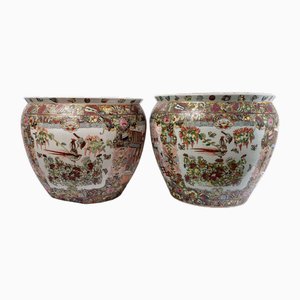
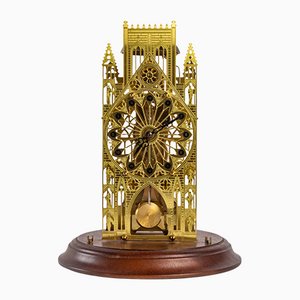

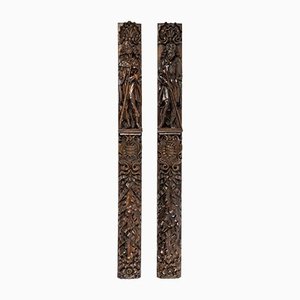
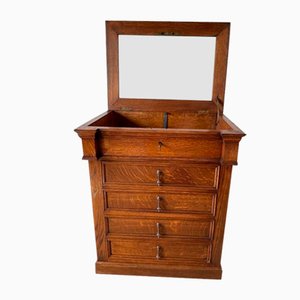
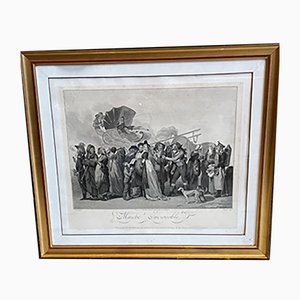
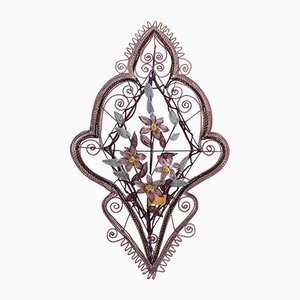
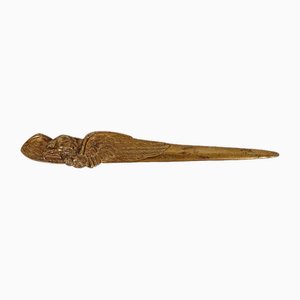


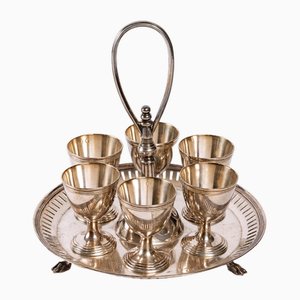



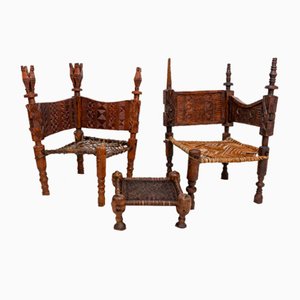
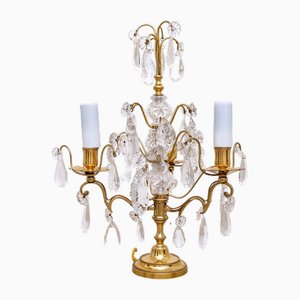
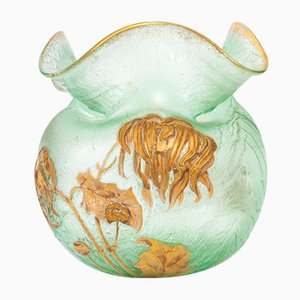
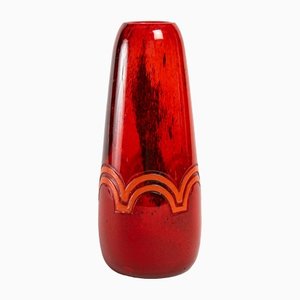
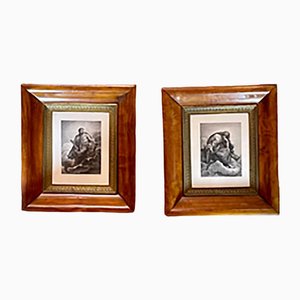

Contattaci
Fai un'offerta
Abbiamo notato che sei nuovo su Pamono!
Accetta i Termini e condizioni e l'Informativa sulla privacy
Contattaci
Fai un'offerta
Ci siamo quasi!
Per seguire la conversazione sulla piattaforma, si prega di completare la registrazione. Per procedere con la tua offerta sulla piattaforma, ti preghiamo di completare la registrazione.Successo
Grazie per la vostra richiesta, qualcuno del nostro team vi contatterà a breve.
Se sei un professionista del design, fai domanda qui per i vantaggi del Programma Commerciale di Pamono